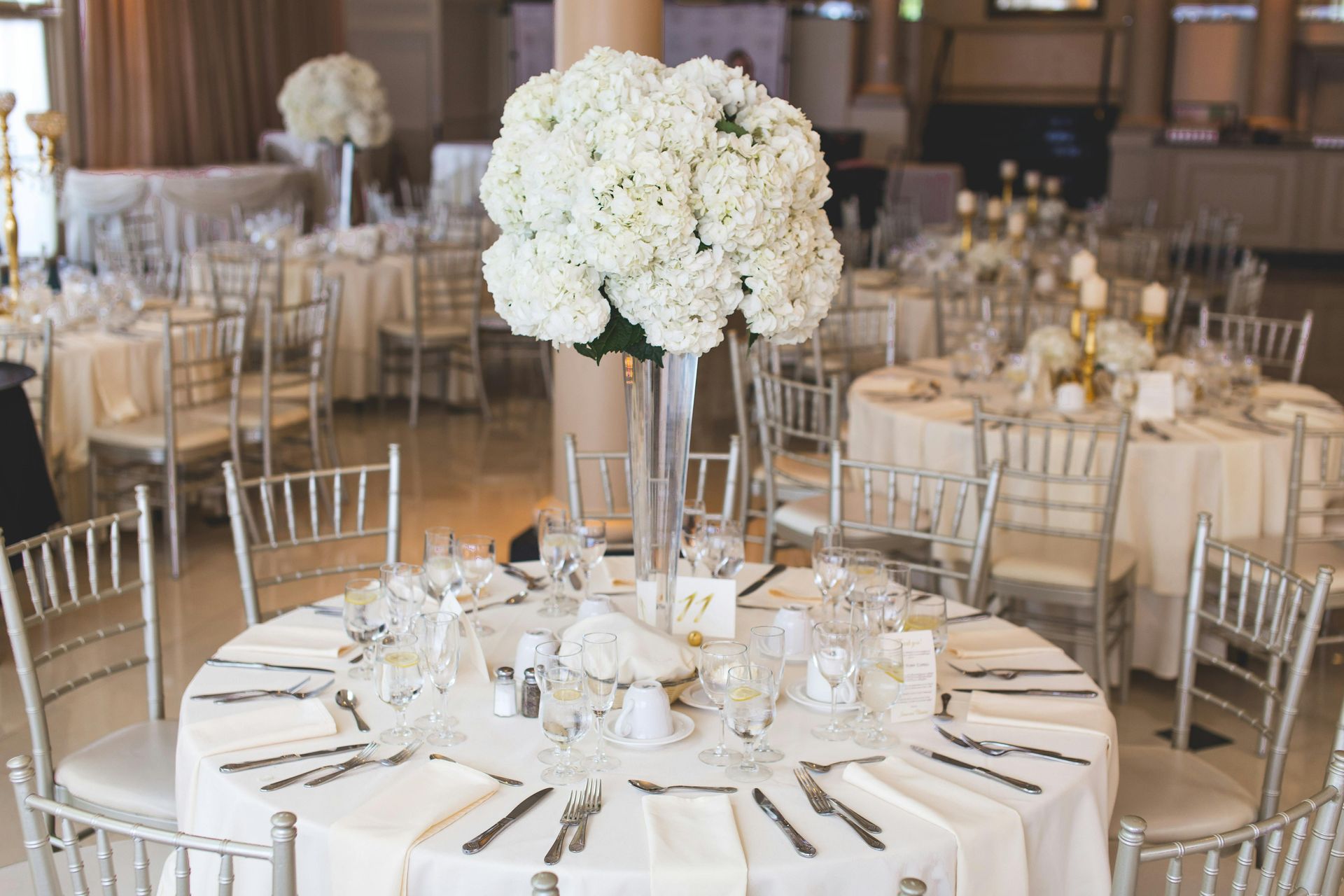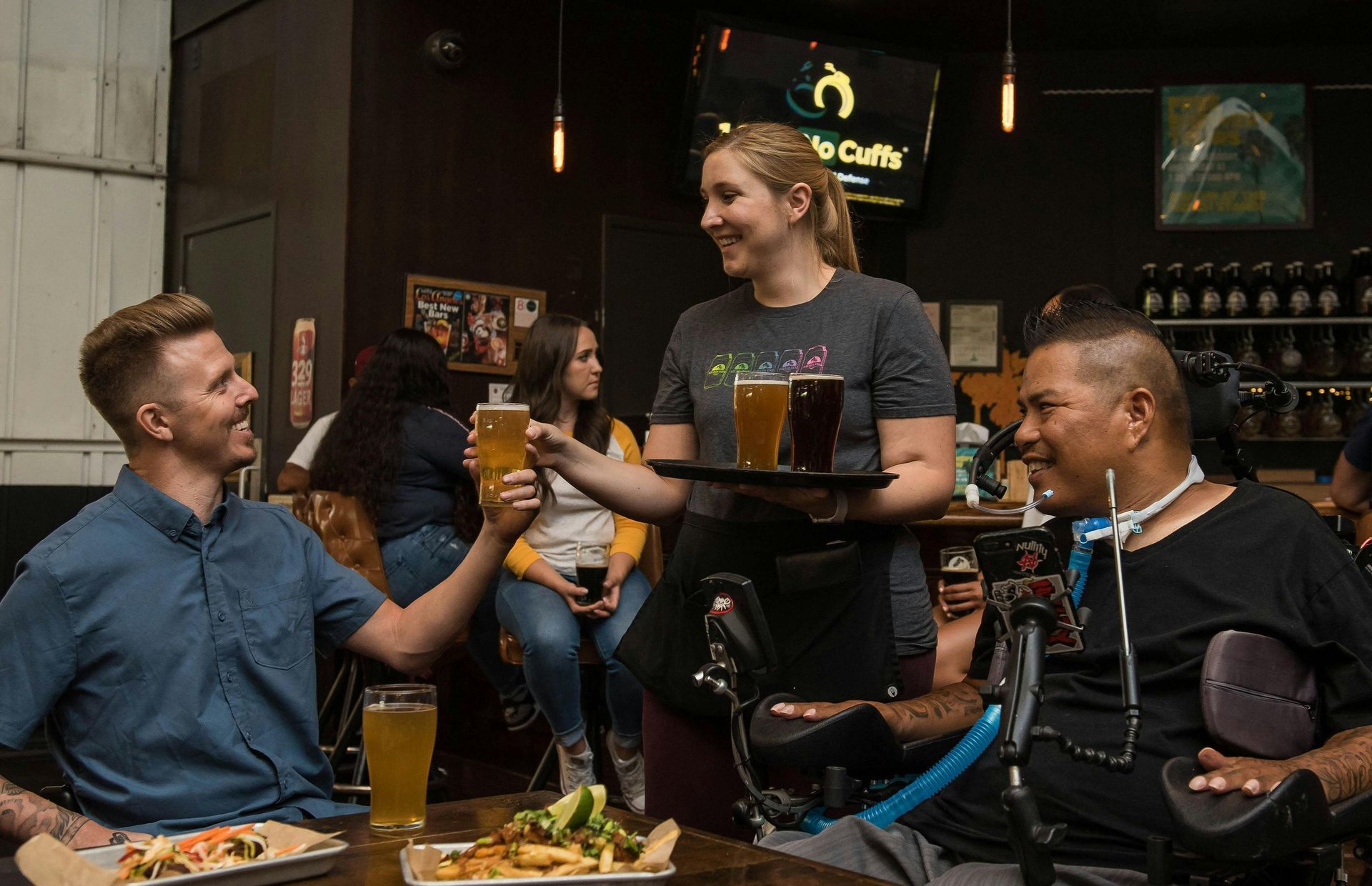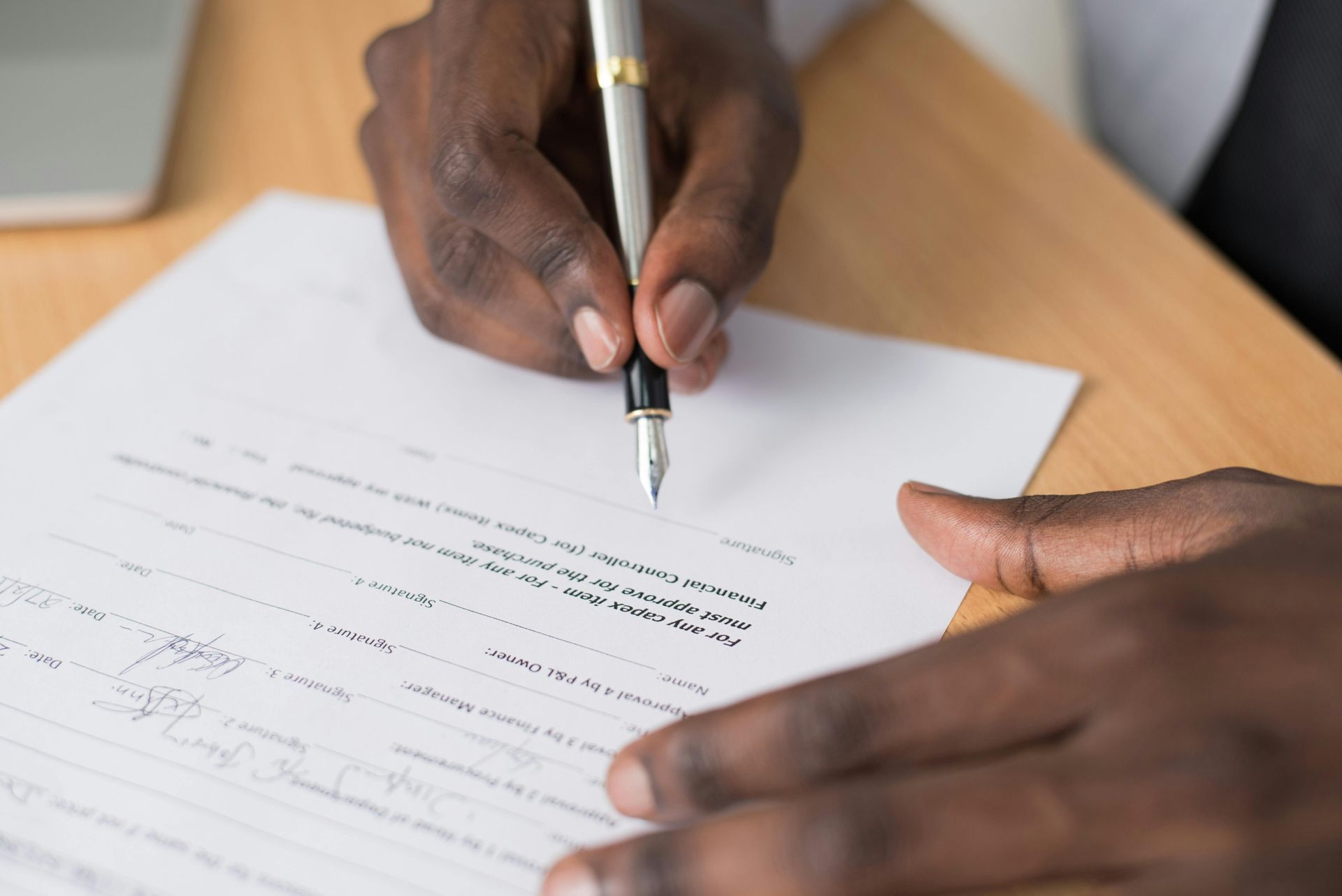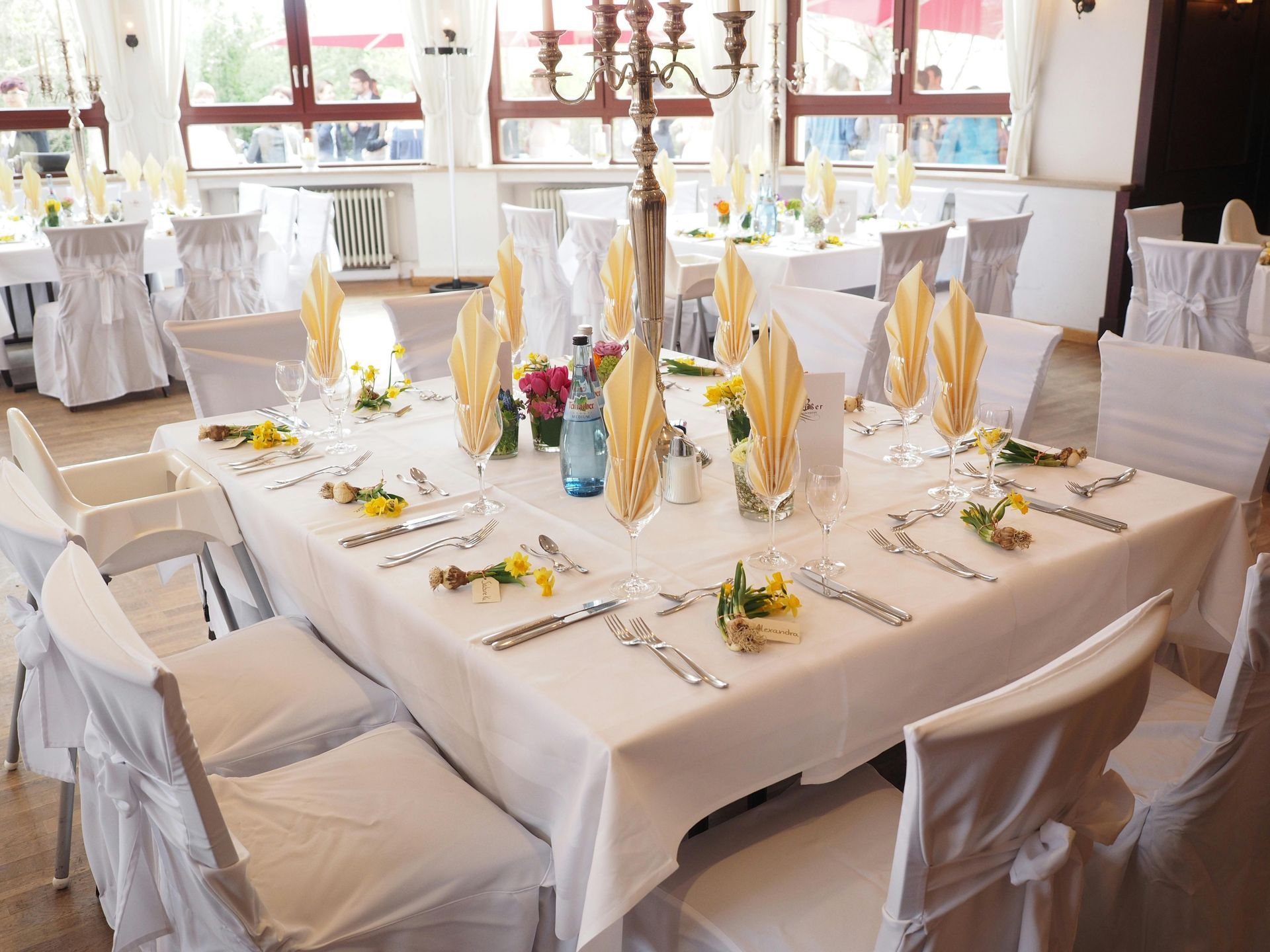Things to Consider When Planning a Safe and Successful Event for Professional Event Planners
Event planning is a complex and multi-step process that requires careful attention to detail and excellent communication skills. Whether it's a corporate conference or a wedding, every event planner wants their event to be safe, successful, and memorable. Here is an extensive step-by-step guide to planning a safe and successful event.
Step 1: Define the Purpose and Objectives of the Event
Before starting to plan the event, it's essential to define its purpose and objectives. This step will help you stay focused and ensure that all the elements of the event are aligned with the event's overall goals. Ask yourself questions such as: What is the event's primary purpose? Who is the target audience? What is the desired outcome of the event?
Step 2: Develop a Budget and Timeline
Developing a budget and timeline is crucial to the success of any event. Create a detailed budget that includes all the expenses related to the event, such as venue rental, catering, decorations, and entertainment. Once you have a budget in place, create a timeline that outlines all the tasks that need to be completed, such as booking the venue, sending out invitations, and arranging for transportation.
Step 3: Choose a Venue
Selecting the right venue for your event is critical. Consider factors such as location, capacity, and accessibility. You'll also want to consider the venue's amenities, such as catering options, AV equipment, and parking. Make sure to tour the venue and ask the venue manager any questions you may have.
Step 4: Create a Theme and Design
Creating a theme and design will help you create a cohesive event. Consider the event's purpose, objectives, and target audience when selecting a theme. Once you've chosen a theme, start thinking about how you can incorporate it into the event's design, such as the decor, lighting, and table settings.
Step 5: Select Catering and Entertainment
Catering and entertainment are two critical elements of any event. Select a catering company that can accommodate dietary restrictions and preferences. When selecting entertainment, consider the event's theme and target audience. Do they prefer live music, a DJ, or a keynote speaker?
Step 6: Ensure Event Safety and Security
Event safety and security should be a top priority for every event planner. Ensure that the venue has proper security measures in place, such as cameras and trained security personnel. Have a first aid kit on hand, and consider hiring a professional medical team. Also, make sure the venue is accessible for those with disabilities.
Step 7: Obtain the Proper Event Insurance Coverage(s)
Event insurance is essential for event planners for several reasons. First, it helps protect them and their clients from financial losses if something goes wrong during the event. Second, it helps provide peace of mind for event planners and their clients, knowing that they are covered in case of any unforeseen circumstances. Finally, having event insurance can help event planners stand out from their competition, as it shows that they are responsible and professional. In most instances, the Venue will have specific Coverage requirements and often will provide examples of their Insurance requirements.
David Carbrey at Direct Event Insurance Brokerage, LLC., is an experienced and trusted, long-term Broker in this industry and you can contact him directly, or get the information you need from his website at: https://directeventinsurance.com.
Step 8: Promote the Event
Promoting the event is crucial to its success. Start by creating a guest list and sending out invitations. Utilize social media and email marketing to spread the word about the event. Consider creating a hashtag for the event and encourage attendees to share their experiences on social media.
Step 9: Prepare for the Event Day
The day of the event can be hectic, but proper preparation can help alleviate stress. Ensure that all vendors and suppliers have everything they need and arrive on time. Have a designated area for registration and check-in. Have a backup plan in case of inclement weather or other unforeseen circumstances.
Step 10: Execute the Event
During the event, make sure to communicate with all vendors and suppliers to ensure everything runs smoothly. Have a designated point person for attendees to contact in case of any issues. Keep an eye on the event timeline and adjust as necessary.
Step 11: Follow Up with Attendees
After the event, follow up with attendees to thank them for attending and gather feedback. Consider sending out a survey to gauge their satisfaction and learn what you can improve for future events.











